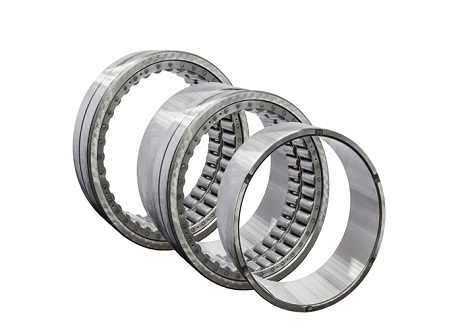As an important part of the mechanical transmission system, the performance of spherical roller bearing is directly related to the overall operation of mechanical equipment. In order to ensure the stability and reliability of the equipment, it is particularly important to accurately assess the performance of spherical roller bearing. In this paper, we will start from four subheadings, discuss in detail how to assess the performance of spherical roller bearing.
In the spherical roller bearing performance assessment before, first need to understand its basic parameters. These parameters include bearing type, size, material, precision grade, rated load and so on. These parameters are the basis for assessing the performance of bearings, but also an important basis for the selection and use of bearings. By understanding these parameters, we can initially judge whether the bearing meets the use requirements, and provide basic data for its subsequent performance evaluation.
Rotation flexibility is one of the important indexes to assess the performance of spherical roller bearing. Good rotary flexibility can ensure that the bearing has less frictional resistance and lower wear rate in the process of operation, so as to improve the service life of the bearing and the operating efficiency of mechanical equipment. Methods of testing rotational flexibility include rotating the bearing manually and measuring the rotational resistance of the bearing with specialised instruments. By comparing the rotational flexibility of different bearings, we can judge their performance advantages and disadvantages.
Load carrying capacity is one of the key indicators of the performance evaluation of spherical roller bearing. In practical applications, bearings need to withstand a variety of complex loads, including radial load, axial load and tilting moment and so on. In order to evaluate the bearing's load carrying capacity, we can use two methods: static load test and dynamic load test. Static load test is to measure the deformation and stress distribution by applying a certain static load on the bearings; dynamic load test is to simulate the actual working conditions, load the bearings dynamically and measure their performance. Through these two testing methods, we can comprehensively assess the bearing capacity of the bearing, and provide a basis for its selection and use in practical applications.
Wear resistance and service life are important indexes to measure the performance of spherical roller bearing. In practice, bearings need to run for a long time and withstand a variety of complex working conditions, so their wear resistance and service life for the stability and reliability of mechanical equipment is crucial. Spherical roller bearing supplier plays a key role in ensuring the quality and performance of these bearings. To assess the wear resistance and service life of bearings, we can use two methods: simulation experiment and actual running test. Simulation is to simulate the actual working conditions in the laboratory conditions, the bearing for a long time running and observe its wear; the actual running test is in the actual mechanical equipment for a long time running and record the performance of the bearing. Through these two testing methods, we can comprehensively analyse the wear resistance and service life of bearings, and provide a basis for their maintenance and replacement in practical applications.
To sum up, assessing the performance of spherical roller bearing needs to start from many aspects, including understanding the basic parameters, testing rotational flexibility, evaluating load carrying capacity and analysing wear resistance and service life. By comprehensively evaluating these indicators, we can accurately judge the performance of spherical roller bearing, and provide strong support for their selection and use in practical applications.

